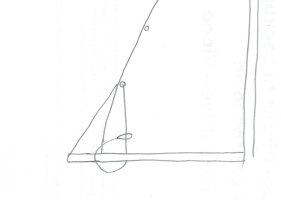Vtonian
E38 - Vashon
Yesterday when practicing heaving to for the first time, with double reefed main and 80% of the #1 jib, in just 15-20kn I was still averaging 2kn with what seemed like very little side slip.
I assumed it would 'park' more (and drift more) and although probably most folks wouldn't care, in the often narrow waterways of Puget Sound, 2kn seems a little quick.
Should I expect to be able to learn to tune it to slower than 2kn or is that about expected for an E38 in 15-20kn?
FWIW, I think my reef points are at 15% and 32%, more common for offshore sailing, so my double reefed main looked pretty dang tiny to me and kept my speed mostly in the 4-5kn range all day, only once hitting 7kn on the reach home.
I assumed it would 'park' more (and drift more) and although probably most folks wouldn't care, in the often narrow waterways of Puget Sound, 2kn seems a little quick.
Should I expect to be able to learn to tune it to slower than 2kn or is that about expected for an E38 in 15-20kn?
FWIW, I think my reef points are at 15% and 32%, more common for offshore sailing, so my double reefed main looked pretty dang tiny to me and kept my speed mostly in the 4-5kn range all day, only once hitting 7kn on the reach home.





